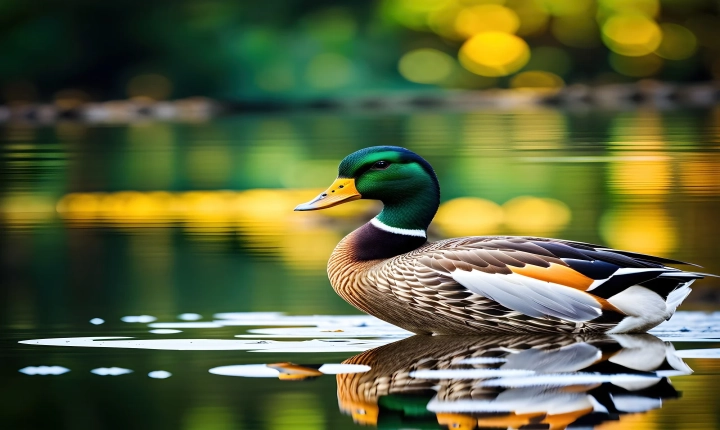Title: How to Create AI Images from Text: Exploring the Future of Visual Content Creation
In the rapidly evolving landscape of technology, artificial intelligence (AI) has proven to be a game-changer in various industries. From healthcare to marketing, AI has transformed the way we solve problems and communicate with the world. One area where AI is making significant strides is in the creation of visual content, particularly the generation of images from text.
Imagine being able to describe a scene or an idea in words and have it instantly transformed into a captivating image without the need for traditional graphic design skills or software. This is the power of AI image generation, and it’s becoming increasingly accessible to users through innovative platforms and tools.
So, how does one create AI images from text? Let’s explore the process and potential implications of this exciting technological advancement.
Understanding AI Image Generation
AI image generation involves the use of machine learning algorithms and neural networks to interpret textual descriptions and produce corresponding visual representations. These algorithms can be trained on vast datasets of images and their accompanying descriptions, enabling them to learn and generate images based on the input text.
There are several approaches to AI image generation, including the use of generative adversarial networks (GANs) and variational autoencoders (VAEs). These techniques enable the AI to “imagine” and create images that match the given textual descriptions with astonishing accuracy.
Steps to Create AI Images from Text
1. Choose a Platform or Tool: Several platforms and tools offer AI image generation capabilities. Look for a user-friendly interface and strong support for natural language processing to ensure a seamless experience.
2. Input Text Description: Once you have selected your preferred tool, input a clear and concise textual description of the image you want to generate. Be as detailed as possible to guide the AI in creating an accurate representation.
3. Select Image Parameters: Some platforms allow users to specify visual parameters such as color schemes, composition, and style. Adjust these settings to further customize the generated image to align with your vision.
4. Generate the Image: After providing the necessary input, initiate the image generation process. The AI will analyze the textual description and produce an image based on its interpretation of the input.
5. Refine and Iterate: Evaluate the generated image and make any necessary adjustments to the input text or image parameters if needed. Iterating through this process can help fine-tune the results to better match your requirements.
Implications and Future Developments
The ability to create AI images from text has profound implications across various industries. Content creators, marketers, and designers can leverage this technology to streamline the visual content creation process, saving time and resources while unlocking new creative possibilities.
As AI image generation continues to advance, we can expect to see improvements in the accuracy and diversity of the generated images. Additionally, the democratization of this technology may enable individuals with limited design skills to create stunning visuals, fostering greater creativity and expression.
Furthermore, AI image generation has the potential to assist individuals with visual impairments by providing a means to transform textual descriptions into accessible visual content.
However, with these exciting possibilities come ethical considerations, including the responsible and ethical use of AI-generated images, avoiding biases in the generated content, and ensuring proper attribution and licensing.
In conclusion, the ability to create AI images from text represents a significant milestone in the evolution of visual content creation. As the technology continues to mature, it has the potential to revolutionize how we communicate and express ideas visually. By understanding the process and implications of AI image generation, individuals and organizations can explore new avenues for creative expression and innovation.
